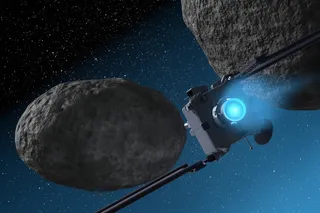Last Monday, John Holdren told a large audience at the annual AGU fall meeting that the administration's much discussed--and long overdue--scientific integrity guidelines were basically ready. Holdren said he'd actually hoped to announce them at his talk, but "didn't quite make it." Instead of that Monday, the guidelines were then released last Friday in the afternoon. My plane from San Fran to Chicago landed at about 6 pm central, and I arrived to find lots of chatter about them on my email. Why couldn't they be released at AGU? Everybody knows that when you release something on the later end on Friday...well, you complete the sentence. In any event, the guidelines have certainly drawnattention: Here's the Washington Post and Greenwire. Here's Holdren's original blog post announcing the (4 page) guidelines. Here's a thoughtful post from regulatory specialist Wendy Wagner on the Center for Progressive Reform's blog. That does not even ...
Holdren Releases Scientific Integrity Guidelines
Discover the newly released scientific integrity guidelines aimed at enhancing trust and transparency in federal scientific activities.
More on Discover
Stay Curious
SubscribeTo The Magazine
Save up to 40% off the cover price when you subscribe to Discover magazine.
Subscribe












